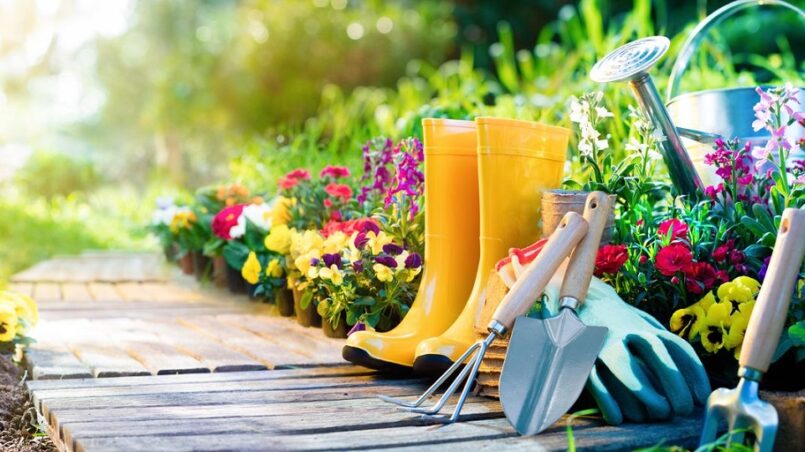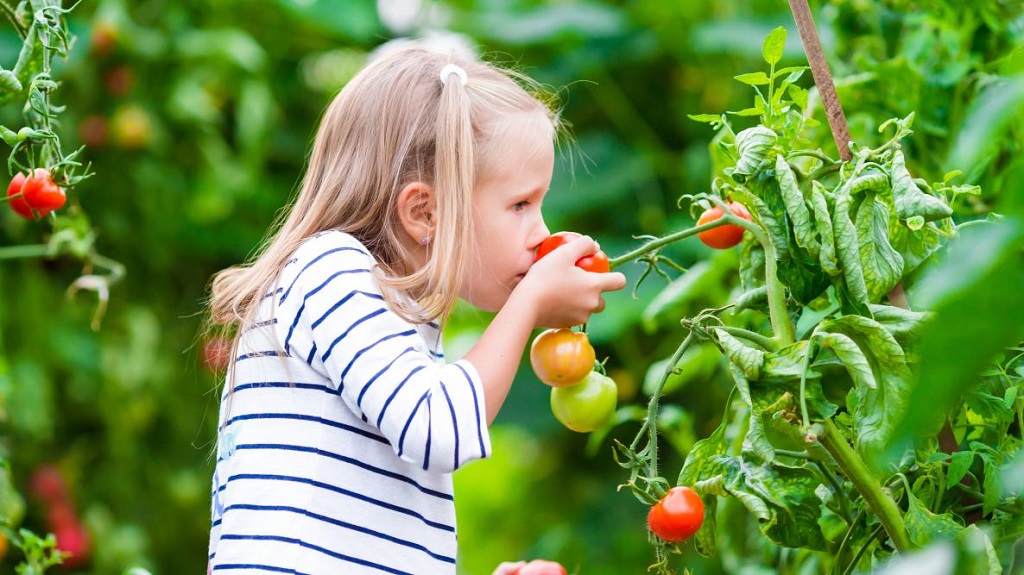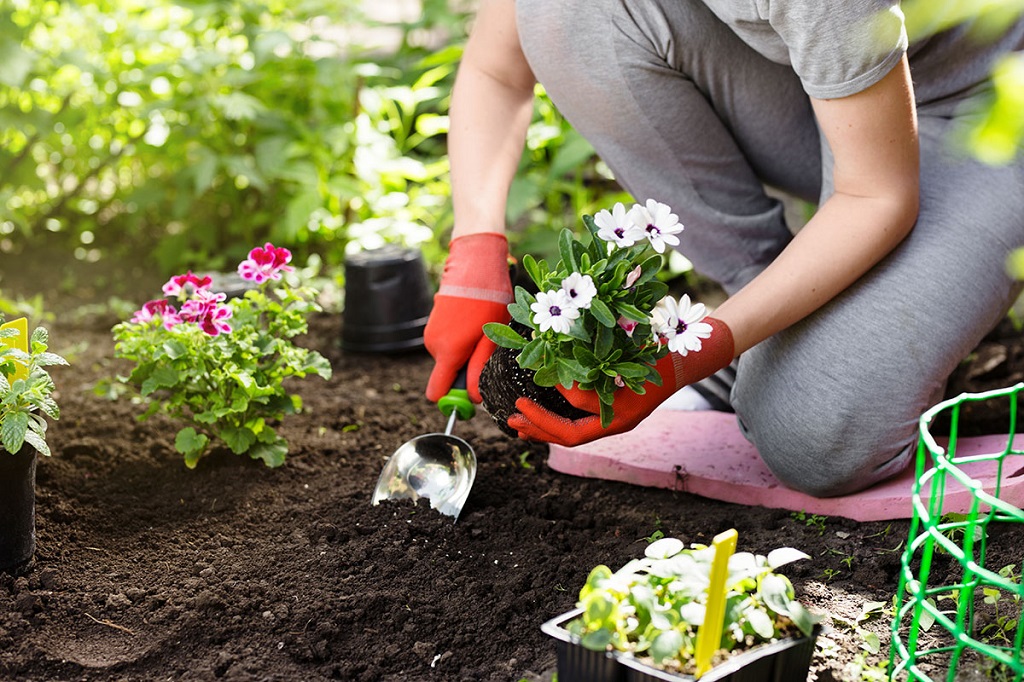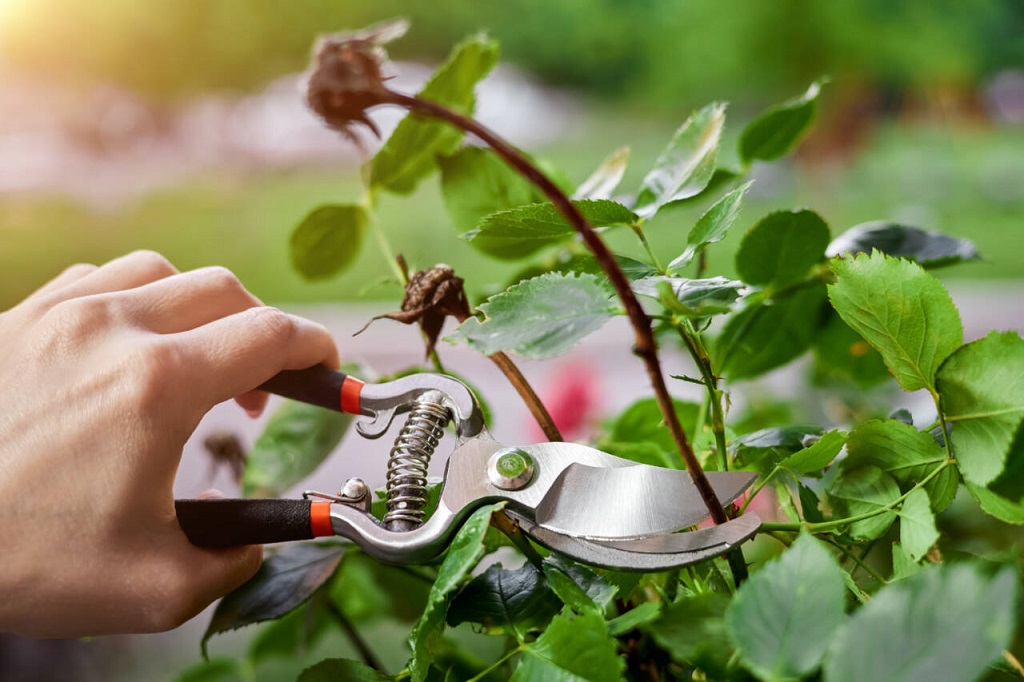Hey there, fellow green thumbs! If you’re staring at your empty garden plot with a mix of excitement and bewilderment, you’re not alone. Starting a garden is a bit like embarking on a new adventure. You’ve got the passion, you’ve got the patch of earth, and you’re eager to make it bloom with beauty and bounty. But where do you even begin?
Well, think of your garden as a blank canvas, waiting for you to paint it with nature’s colors. Just as an artist doesn’t dive into a masterpiece without a plan, you’ll want to approach your garden with a bit of strategy.
In this guide, we’ll walk you through the essential steps to kickstart your gardening journey. Whether you’re a newbie or a seasoned gardener looking for a refresher, you’ll find nuggets of wisdom here to make your garden thrive. Let’s get those hands dirty and start growing!
Step 1: Assess Your Garden Space
Picture this: you’re about to decorate a room, but before you go shopping for furniture, you measure the space, right? Well, your garden is no different. The first thing you should do is take a good look at your garden area.
- Size Matters: How much space do you have? Is it a tiny balcony, a small backyard, or a sprawling piece of land? Knowing the dimensions will help you choose the right plants and layout.
- Sunlight Check: Observe how much sunlight your garden receives. Is it in full sun, partial shade, or mostly shaded? Different plants have different light requirements, so this is crucial.
- Soil Quality: Get your hands on some soil (literally) and check its texture. Is it sandy, loamy, or clayey? Good soil is the foundation of a healthy garden.
- Drainage: Is there any water pooling after rain? Proper drainage is essential to prevent root rot in your plants.
Understanding your garden’s unique characteristics is like knowing the quirks of a new friend. It helps you choose the right plants and care for them effectively.
Step 2: Set Clear Goals
Imagine you’re setting out on a road trip. You need to know your destination to plan your route. Similarly, you should have a clear vision of what you want from your garden.
- Beauty: Do you want a garden that’s a feast for the eyes, with colorful flowers and artistic landscaping?
- Food: Are you dreaming of harvesting your veggies and herbs for a farm-to-table experience?
- Wildlife Haven: Maybe you’d like to create a haven for birds, bees, and butterflies, supporting local ecosystems.
- Peaceful Oasis: Or perhaps, your garden is your sanctuary, a place to relax and unwind.
Setting goals will help you prioritize and make informed decisions as you move forward.
Step 3: Choose the Right Plants
Now that you know your garden’s personality and your goals, it’s time to pick your green companions. It’s like assembling the cast for your garden’s blockbuster movie.
- Native Plants: Consider native plants for your region. They’re well-adapted to the local climate and require less maintenance.
- Easy Starters: If you’re a beginner, go for low-maintenance plants like succulents, marigolds, or zinnias.
- Seasonal Variety: Mix up plants that bloom in different seasons. This ensures your garden looks vibrant all year round.
- Companion Planting: Some plants are like best buddies; they thrive when planted together. For instance, tomatoes and basil make a perfect pair.
- Consider Size: Think about the mature size of your plants. You don’t want your garden to resemble a jungle in a few months.
Remember, plants are living beings. Get to know their preferences, and you’ll form a strong bond that’ll keep your garden flourishing.
Step 4: Prepare the Soil
A garden with poor soil is like a car running on an empty tank – it won’t go far. To ensure your plants have the best start, you need to prep the soil.
- Remove Weeds: Before you begin, eliminate weeds. They’re competition for your chosen plants.
- Amend the Soil: If your soil lacks nutrients, consider adding compost or organic matter to enrich it.
- Test pH: You can get a soil test kit to check the pH level. Most plants prefer a slightly acidic soil, but this can vary, so check your chosen plants’ preferences.
- Till the Soil: Use a spade or a tiller to loosen the soil. This helps with aeration and root growth.
Think of soil preparation as laying a cozy, welcoming carpet for your plants to put down their roots.
Step 5: Plan Your Layout
Now comes the fun part – designing your garden’s layout. Think of it as arranging furniture in your living room, but with plants.
- Group Plants Wisely: Place plants with similar water and sunlight needs together. This makes watering and care more efficient.
- Create Paths: Consider adding paths or walkways to navigate your garden easily. You don’t want to trample your precious plants.
- Focal Point: Think about a focal point, like a stunning tree or a decorative sculpture, to draw the eye.
- Containers: If space is limited, don’t forget about containers. Pots and planters can add a touch of green to even the tiniest of spaces.
Your garden’s layout should be a reflection of your goals and personal style, like decorating a room that’s uniquely yours.
Step 6: Plant Carefully
Now, it’s time to introduce your plants to their new home. Planting is like the opening scene of your garden’s story.
- Dig the Right Hole: Make sure the planting hole is deep and wide enough for the plant’s roots to comfortably fit.
- Water Well: After planting, give your green pals a good drink of water to help them settle in.
- Mulch: Mulch, like a cozy blanket, helps retain moisture, suppress weeds, and regulate soil temperature.
- Label Your Plants: It’s easy to forget what you planted where. Labeling your plants prevents any confusion.
Remember, each plant is unique. Read the labels or do some research to understand their specific needs.
Step 7: Water Wisely
Watering is like nurturing a friendship. You need to strike the right balance – neither too much nor too little.
- Water Deeply: It’s better to water deeply but less frequently than shallow, frequent watering. This encourages roots to grow deeper.
- Early Morning is Best: Water in the early morning when it’s cooler. This reduces water loss to evaporation.
- Avoid Wetting Leaves: Try not to wet the foliage, especially in the evening, as it can promote fungal diseases.
- Use a Soaker Hose: Consider using a soaker hose or drip irrigation system for efficient watering.
Your plants will thank you for being a reliable friend who knows when to lend a helping hand.
Step 8: Pest Control
Just as life has its challenges, so does gardening. Pests and diseases are like the villains in your garden’s story, but you can be the hero!
- Natural Remedies: Start with natural remedies like neem oil or garlic spray before resorting to chemical pesticides.
- Companion Plants: Some plants repel pests. For example, marigolds can deter nematodes, and basil can keep flies away.
- Regular Inspections: Keep an eye on your plants. Early detection of problems can prevent them from spreading.
Think of pest control as your garden’s immune system. A little vigilance goes a long way.
Step 9: Pruning and Deadheading
Just as a haircut keeps your hair healthy, pruning and deadheading keep your plants in top shape.
- Remove Dead Flowers: Deadheading, or removing spent flowers, encourages more blooms.
- Trim and Shape: Prune back overgrown branches to maintain the shape and health of your plants.
- Sterilize Tools: Use clean, sharp tools for pruning to prevent the spread of diseases.
Pruning is like editing a story – it helps your garden look neater and more appealing.
Step 10: Enjoy and Learn
As your garden grows and evolves, you’ll learn valuable lessons. Gardening is a journey, not a destination.
- Observe: Pay attention to how your plants respond to different care methods. This helps you fine-tune your gardening skills.
- Celebrate Successes: When your first tomato ripens or your roses bloom, take a moment to savor the victory.
- Don’t Fear Mistakes: Every gardener makes mistakes. It’s part of the learning process.
Your garden is your canvas, your teacher, and your sanctuary all rolled into one. Enjoy the journey!
Frequently Asked Questions (FAQs)
- When is the best time to start a garden?
- The ideal time to start a garden depends on your location and climate. In most regions, spring is a great time to begin, as the soil warms up and plants start growing. However, you can start a garden at any time of the year by choosing appropriate plants and adjusting your care routine accordingly.
- How do I deal with common garden pests without using chemicals?
- Natural pest control methods include using neem oil, garlic spray, and introducing beneficial insects like ladybugs and lacewings. Additionally, planting companion plants that deter pests can be effective. Regular inspections of your plants to catch problems early also help.
- What are some low-maintenance plants for beginners?
- Easy-to-care-for plants for beginners include succulents, marigolds, zinnias, mint, and basil. These plants are relatively resilient and forgiving of minor mistakes.
- Can I start a garden in a small space like a balcony or patio?
- Absolutely! Container gardening is perfect for small spaces. You can use pots, hanging baskets, or vertical planters to grow a variety of plants, from herbs and flowers to small vegetables.
- How can I improve the quality of my garden soil?
- To improve soil quality, consider adding compost or organic matter to enrich it. You can also perform a soil test to determine its pH level and nutrient content, making it easier to adjust the soil to suit your chosen plants’ needs. Regularly adding organic matter and avoiding over-tilling can also help maintain soil health over time.

















